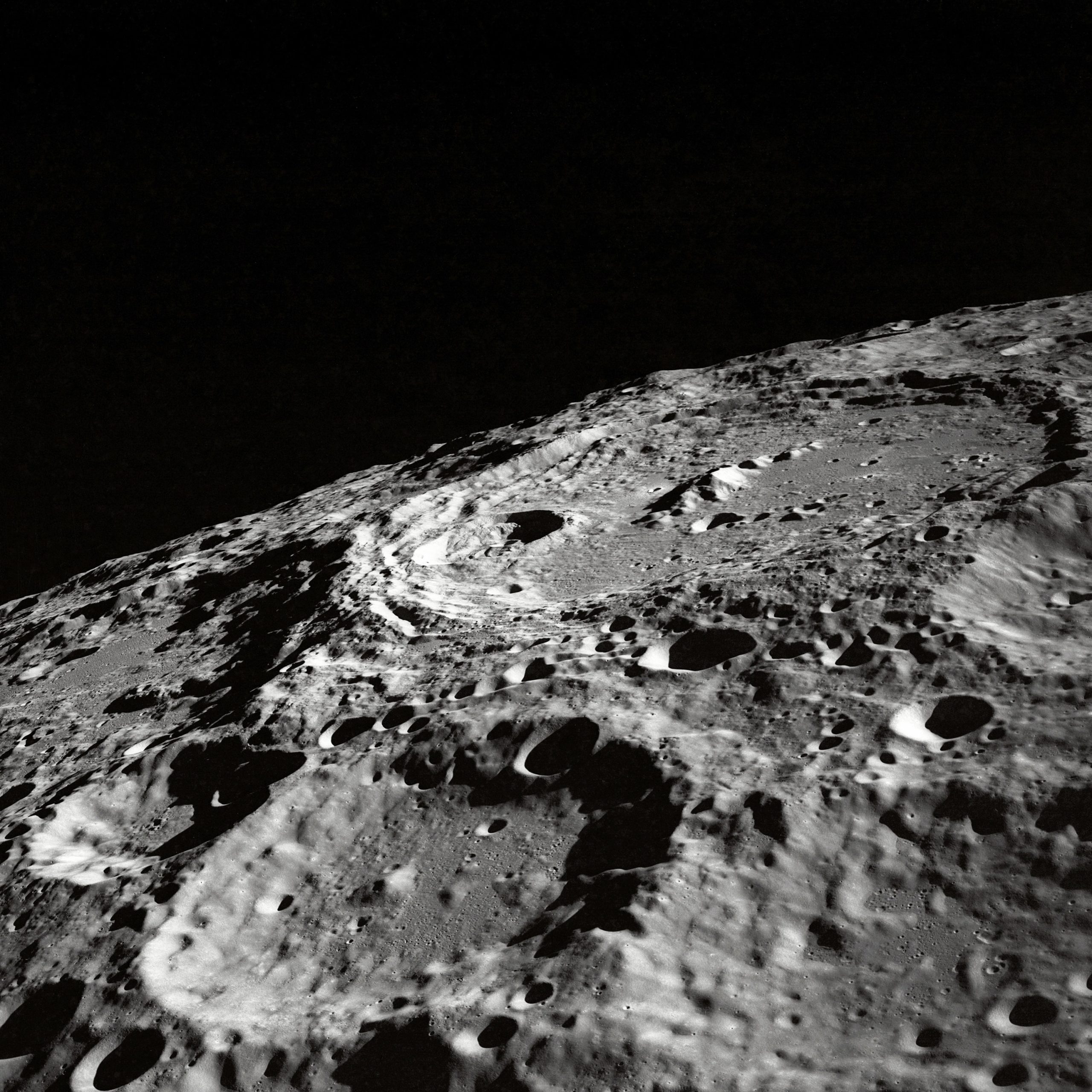Can Reiki Help with Knee Pain?
Knee pain is a common ailment that affects millions of people around the world. It can be caused by a variety of factors, such as injury, arthritis, or overuse. Traditional treatments for knee pain include physical therapy, medication, and surgery. However, many individuals seek alternative therapies to manage their pain and improve their overall well-being. One such alternative therapy that has gained popularity in recent years is Reiki.
What is Reiki?
Reiki is a Japanese healing technique that involves the transfer of energy from the practitioner to the patient. The word “Reiki” is derived from two Japanese words – “rei,” which means higher power or universal energy, and “ki,” which means life force energy. Reiki practitioners believe that by channeling this energy into the patient’s body, they can promote healing, relaxation, and a sense of well-being.
How Does Reiki Work?
During a Reiki session, the practitioner places their hands on or near the patient’s body, allowing the energy to flow through their hands and into the patient’s energy field. This is believed to remove any blockages or imbalances in the energy, allowing the body’s natural healing abilities to take place.
Reiki is a non-invasive therapy, and patients remain fully clothed during the session. The practitioner may place their hands directly on the affected area or work in the patient’s energy field, depending on the individual’s needs.
Can Reiki Help with Knee Pain?
While there is limited scientific research on the effectiveness of Reiki for knee pain specifically, many individuals have reported positive outcomes from incorporating Reiki into their pain management routine.
Reiki is often used in conjunction with traditional medical treatments for knee pain and is believed to enhance the body’s natural ability to heal. It promotes relaxation, reduces stress, and helps release tension in the muscles surrounding the knee joint.
Furthermore, Reiki addresses both the physical and emotional aspects of pain. Knee pain can often be emotionally draining and lead to feelings of frustration and helplessness. Reiki helps calm the mind and provides a sense of inner peace, which can result in greater pain relief and improved overall well-being.
Benefits of Reiki for Knee Pain
1. Pain Management: Many individuals who receive Reiki for knee pain report reduced pain levels and improved mobility. Reiki’s ability to relax muscles and release tension can alleviate discomfort and promote healing.
2. Stress Reduction: Chronic knee pain can cause stress and anxiety, which can exacerbate the perception of pain. Reiki helps reduce stress and promotes relaxation, which can improve pain tolerance and overall well-being.
3. Enhances Overall Healing: Reiki is believed to stimulate the body’s natural healing mechanisms. By removing energy blockages and restoring balance, it can enhance the body’s ability to recover from injury or inflammation.
4. Emotional Support: Knee pain can have a significant impact on one’s mental and emotional well-being. Regular Reiki sessions can provide emotional support, reduce anxiety, and promote a positive outlook, which can aid in the healing process.
What to Expect During a Reiki Session
A typical Reiki session lasts about 60 to 90 minutes. The practitioner will first discuss your medical history, specific concerns, and goals for the session. You will then be asked to lie down on a massage table or sit in a comfortable chair.
The practitioner will gently place their hands on or near your body, starting at the head and working down to the knees or directly focusing on the knee area. You may feel a warm or tingling sensation as the energy is channeled into your body.
It is important to note that Reiki is a complementary therapy and should not replace medical advice or treatment for underlying knee conditions. If you are experiencing severe knee pain or have a diagnosed knee condition, it is important to consult with your healthcare provider before starting any alternative therapies.
Conclusion
Reiki is an alternative therapy that has shown promise in managing knee pain. While scientific evidence may be limited, many individuals have reported a reduction in pain levels and improved overall well-being after incorporating Reiki into their pain management routine. By addressing both the physical and emotional aspects of knee pain, Reiki provides a holistic approach to healing. If you are considering Reiki for knee pain, it is important to consult with a qualified Reiki practitioner and continue to work in partnership with your healthcare provider for comprehensive pain management.
Table of Contents
